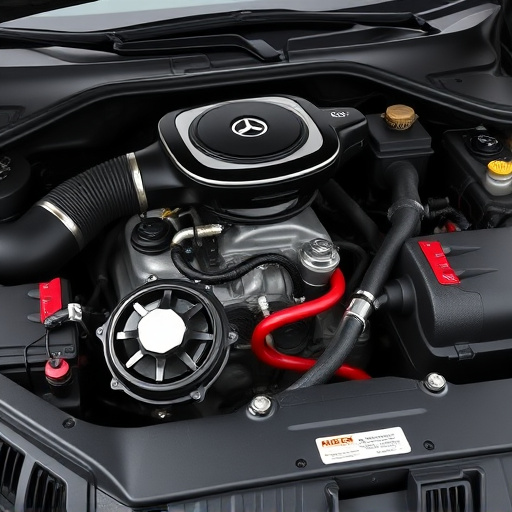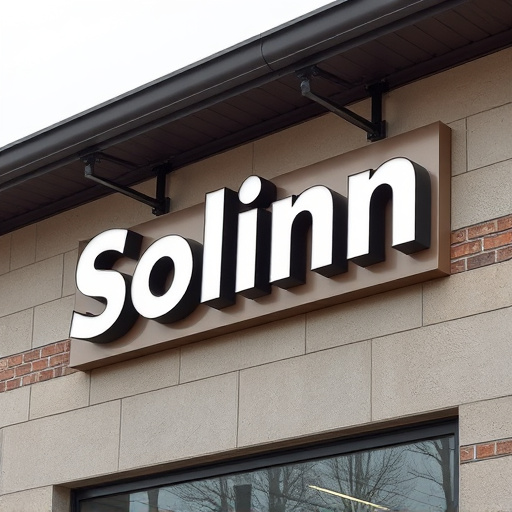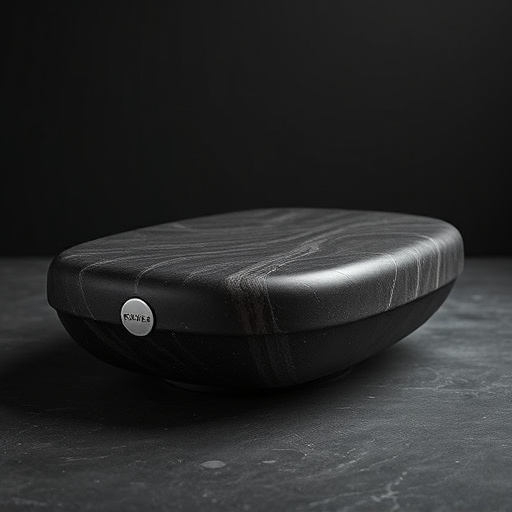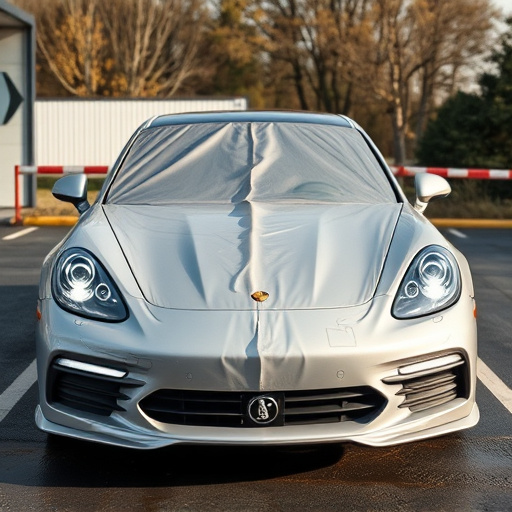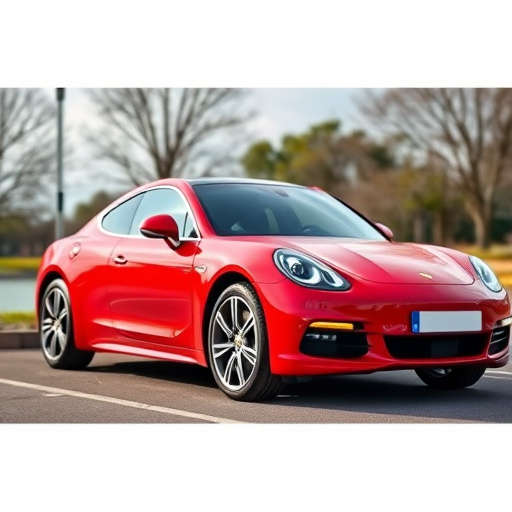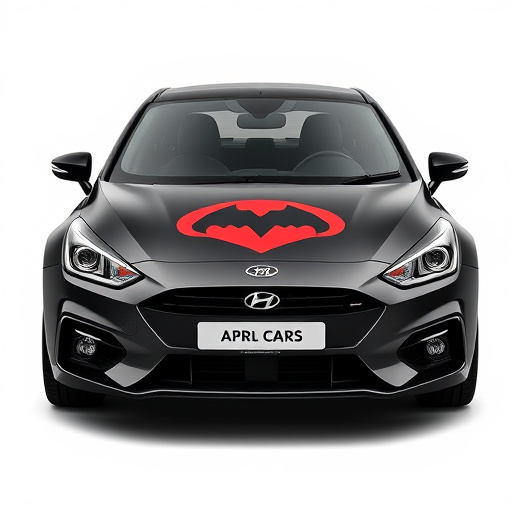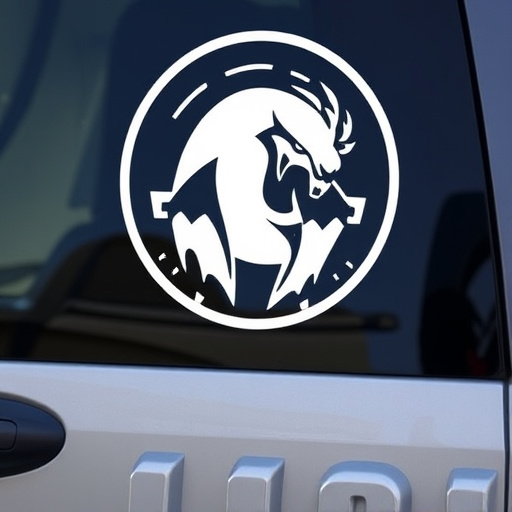Car ceramic coating protects paint from scratches and environmental damage, lasting longer than waxes. It fills microscopic imperfections, enhancing resistance to swirls and chips. While suitable for all paint types, performance varies by composition and porosity. Proper surface prep is key for optimal adhesion and durable finish. Vehicle wraps offer temporary protection for custom designs.
Is car ceramic coating the right choice for your vehicle’s paint job? This comprehensive guide explores the safety and suitability of ceramic coatings across various paint types. We’ll break down the fundamentals of car ceramic coating, analyze compatibility issues, and examine both the advantages and potential risks for different paint surfaces. Make an informed decision about this popular automotive protection solution.
- Understanding Car Ceramic Coating Basics
- Compatibility: What Paint Types Are Suitable?
- Benefits and Potential Risks for Different Paints
Understanding Car Ceramic Coating Basics
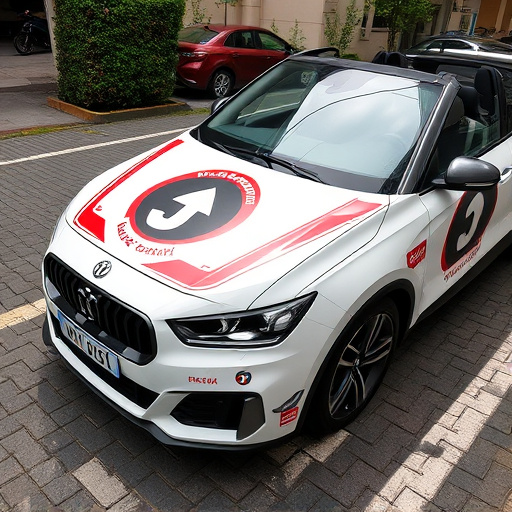
Car ceramic coating has gained immense popularity as a top-tier protective layer for automotive finishes. It’s not just about enhancing the car’s appearance; this advanced technology offers a robust shield against environmental elements, UV rays, and bird droppings, among other contaminants. Unlike traditional waxes and sealants, which can wear off over time, ceramic coatings provide long-lasting protection, often lasting several years with proper care.
At its core, car ceramic coating involves applying a thin, durable layer of ceramic particles to the paintwork of a vehicle. This process fills in microscopic imperfections, achieving a flawless finish. Moreover, it boosts the paint’s resistance to scratches and swirls, which is especially beneficial for those who frequently wash their vehicles or drive in regions with harsh weather conditions. While often associated with luxury cars, ceramic coating can be applied to all paint types, though specific preparation and application methods may vary depending on the surface, including those used in conjunction with vinyl wraps or as part of comprehensive paint correction procedures for car customization.
Compatibility: What Paint Types Are Suitable?
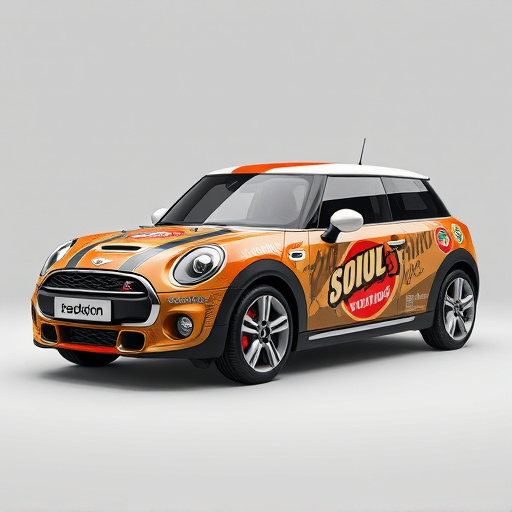
When considering a car ceramic coating application, understanding compatibility with your vehicle’s paint type is paramount. Not all paints are created equal, and what works wonders on a glossy finish might not be suitable for matte or even older, faded finishes. Car ceramic coatings are designed to bond strongly with specific types of automotive paint, offering optimal protection and enhanced aesthetics. Generally, these coatings are compatible with most modern acrylic-based paints used in vehicle manufacturing, ensuring a solid foundation for the coating’s adhesion. However, for vintage cars or those with unique, specialized paints, it’s crucial to conduct thorough research or consult with professionals specializing in custom vehicle wraps and paint correction services to ensure the chosen ceramic coating is suitable for your specific paint type.
Remember that proper surface preparation is also key. A clean, decontaminated, and properly buffed paint surface allows the car ceramic coating to bond effectively, leading to a durable, glossy finish that protects against environmental damage, UV rays, and the daily grind of driving. Some coatings may even be compatible with ceramic window tinting for added protection and style.
Benefits and Potential Risks for Different Paints
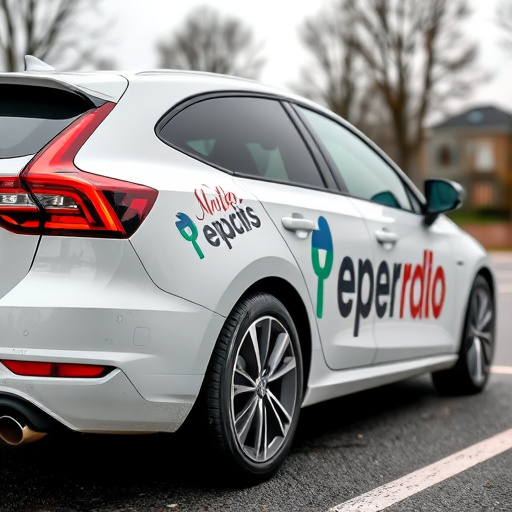
Car ceramic coating has gained popularity as a protective layer for vehicles, offering numerous benefits for various paint types. One of its key advantages is enhanced durability and resistance to scratches, swirls, and other forms of damage. This is especially advantageous for older vehicles or those frequently exposed to harsh weather conditions. The coating creates a smooth, hard surface that prevents minor incidents from causing visible imperfections, thus maintaining the original paint job’s integrity.
However, not all paints are created equal, and understanding the compatibility of car ceramic coating with different finishes is essential. Some coatings perform better on certain types of paint due to variations in composition and porosity. For example, high-quality ceramic coatings can significantly improve heat rejection and provide superior vehicle protection for solid color paints known for their smooth finish. On the other hand, textured or matte paints might not yield the same results, as these finishes often have rougher surfaces that can affect the coating’s adherence and overall effectiveness. Vehicle wraps, though not a direct substitute for ceramic coatings, offer similar protective benefits but are more suitable for temporary camouflage or custom design work.
Car ceramic coatings offer a range of benefits, but their effectiveness and safety depend on the paint type they’re applied to. While many coatings claim universal compatibility, not all paints are created equal. Understanding your vehicle’s paint type is crucial before applying a ceramic coating. Some coatings perform best on specific finishes, while others may cause issues with certain types of paint. Always research compatible coatings for your car’s unique paint job to ensure optimal results and avoid potential risks like damage or poor adhesion.


